Curiosity Navigation Curiosity Home Mission Overview Where is Curiosity? Mission Updates Science Overview Instruments Highlights Exploration Goals News and Features Multimedia Curiosity Raw Images Images Videos Audio More Resources Mars Missions Mars Sample Return Mars Perseverance Rover Mars Curiosity Rover MAVEN Mars Reconnaissance Orbiter Mars Odyssey More Mars Missions The Solar System The Sun Mercury Venus Earth The Moon Mars Jupiter Saturn Uranus Neptune Pluto & Dwarf Planets Asteroids, Comets & Meteors The Kuiper Belt The Oort Cloud 2 min read
Sols 4307-4308: Bright Rocks Catch Our Eyes  NASA’s Mars rover Curiosity captured this image while exploring a rock-strewn channel of Gediz Vallis on the Red Planet. Mission scientists were particularly intrigued to investigate several bright-toned rocks (at the middle-right, bottom-right and bottom-center of the image), similar to rocks that Curiosity had encountered previously that were unexpectedly rich in sulfur. This image was taken by Left Navigation Camera aboard Curiosity on Sol 4306 — Martian day 4,306 of the Mars Science Laboratory Mission — on Sept. 16, 2024 at 12:47:18 UTC. NASA/JPL-Caltech Earth planning date: Monday, Sept. 16, 2024
NASA’s Mars rover Curiosity captured this image while exploring a rock-strewn channel of Gediz Vallis on the Red Planet. Mission scientists were particularly intrigued to investigate several bright-toned rocks (at the middle-right, bottom-right and bottom-center of the image), similar to rocks that Curiosity had encountered previously that were unexpectedly rich in sulfur. This image was taken by Left Navigation Camera aboard Curiosity on Sol 4306 — Martian day 4,306 of the Mars Science Laboratory Mission — on Sept. 16, 2024 at 12:47:18 UTC. NASA/JPL-Caltech Earth planning date: Monday, Sept. 16, 2024
We made good progress through Gediz Vallis in the weekend drive, landing in a segment of the channel containing a mix of loose rubble and other channel-filling debris. Amongst the jumbled scene, though, particular objects of interest caught our eye: bright rocks. In past workspaces in Gediz Vallis, similar bright rocks have been associated with very high to almost pure sulfur contents. As all good geologists know, however, color is not diagnostic, so we cannot assume these are the same as sulfur-rich rocks we have encountered previously. The only way to know is to collect data, and that was a significant focus of today’s plan.
We planned multiple mosaics across the examples of bright rocks visible in the image above. Mastcam and ChemCam RMI will cover “Bright Dot Lake” and “Sheep Creek” both in the right midfield of the image. Mastcam imaged the example in the bottom right corner of the image at “Marble Falls,” and ChemCam LIBS targeted one of the small bright fragments along the bottom of the image at “Blanc Lake.” There was also a small bit of bright material in the workspace, but unfortunately, it was not reachable by APXS. APXS analyzed a spot near the bright material, at target “Frog Lake,” and MAHLI was able to tack on a few extra images around that target that should capture the bright material. MAHLI also imaged a vuggy target in the workspace at “Grasshopper Flat.” The wider context of the channel was also of interest for imaging, so we captured the full expanse of the channel with one Mastcam mosaic, and focused another on mounds distributed through the channel at target “Copper Creek.”
Even with all this rock imaging, we did not miss a beat with our environmental monitoring. We planned regular RAD, REMS, and DAN measurements, mid and late day atmospheric dust observations, a cloud movie, and dust devil imaging.
Our drive is planned to take us up onto one of the ridges in the channel. Will we find more bright rocks there? Or something new and unexpected that was delivered down Gediz Vallis by some past Martian flood or debris flow? Only the channel knows!
Written by Michelle Minitti, Planetary Geologist at Framework
Details Last Updated Sep 17, 2024 Related Terms Blogs
Keep Exploring Discover More Topics From NASA Mars
Mars is the fourth planet from the Sun, and the seventh largest. It’s the only planet we know of inhabited…

Explore this collection of Mars images, videos, resources, PDFs, and toolkits. Discover valuable content designed to inform, educate, and inspire,…
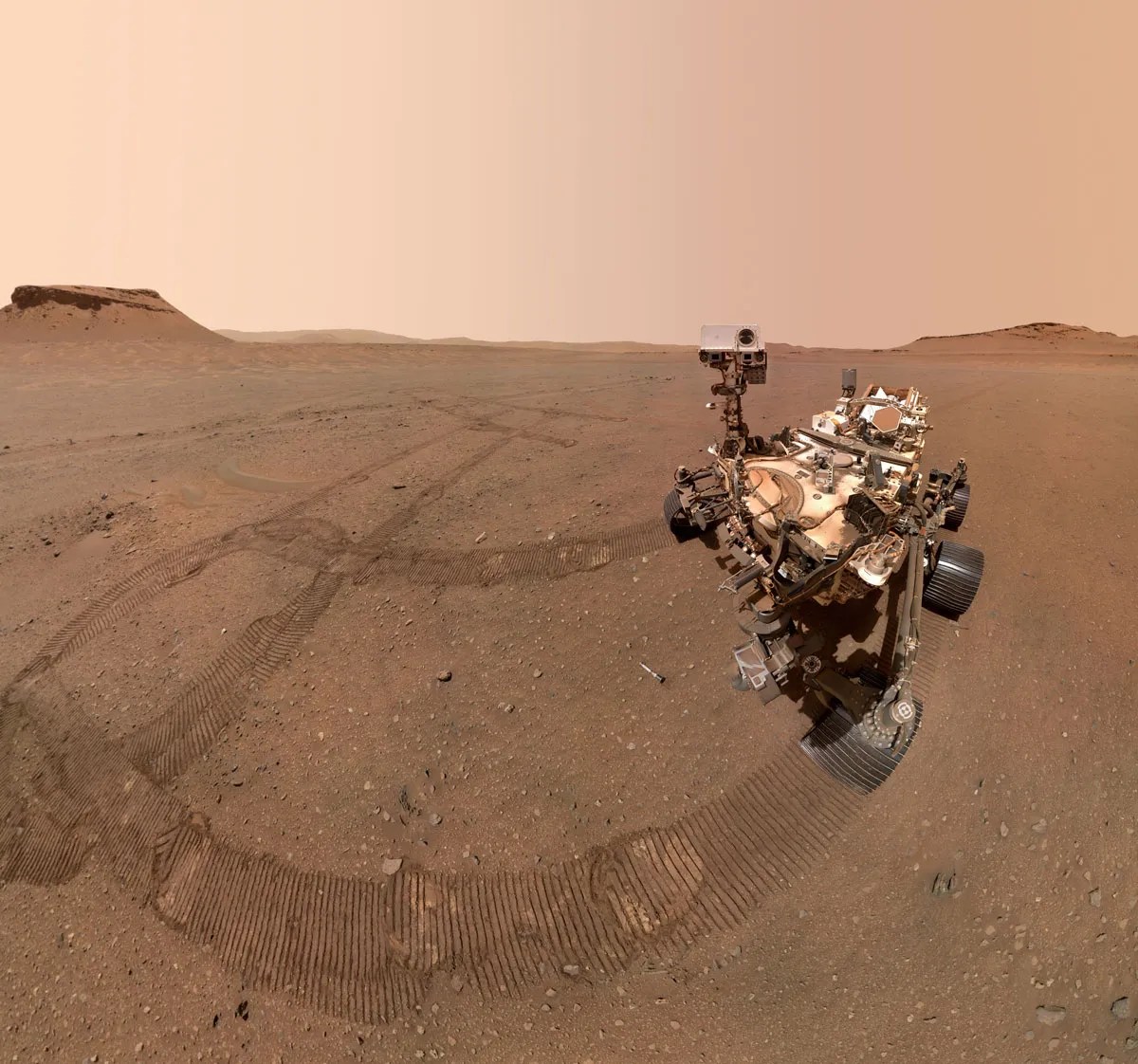
Each robotic explorer sent to the Red Planet has its own unique capabilities driven by science. Many attributes of a…
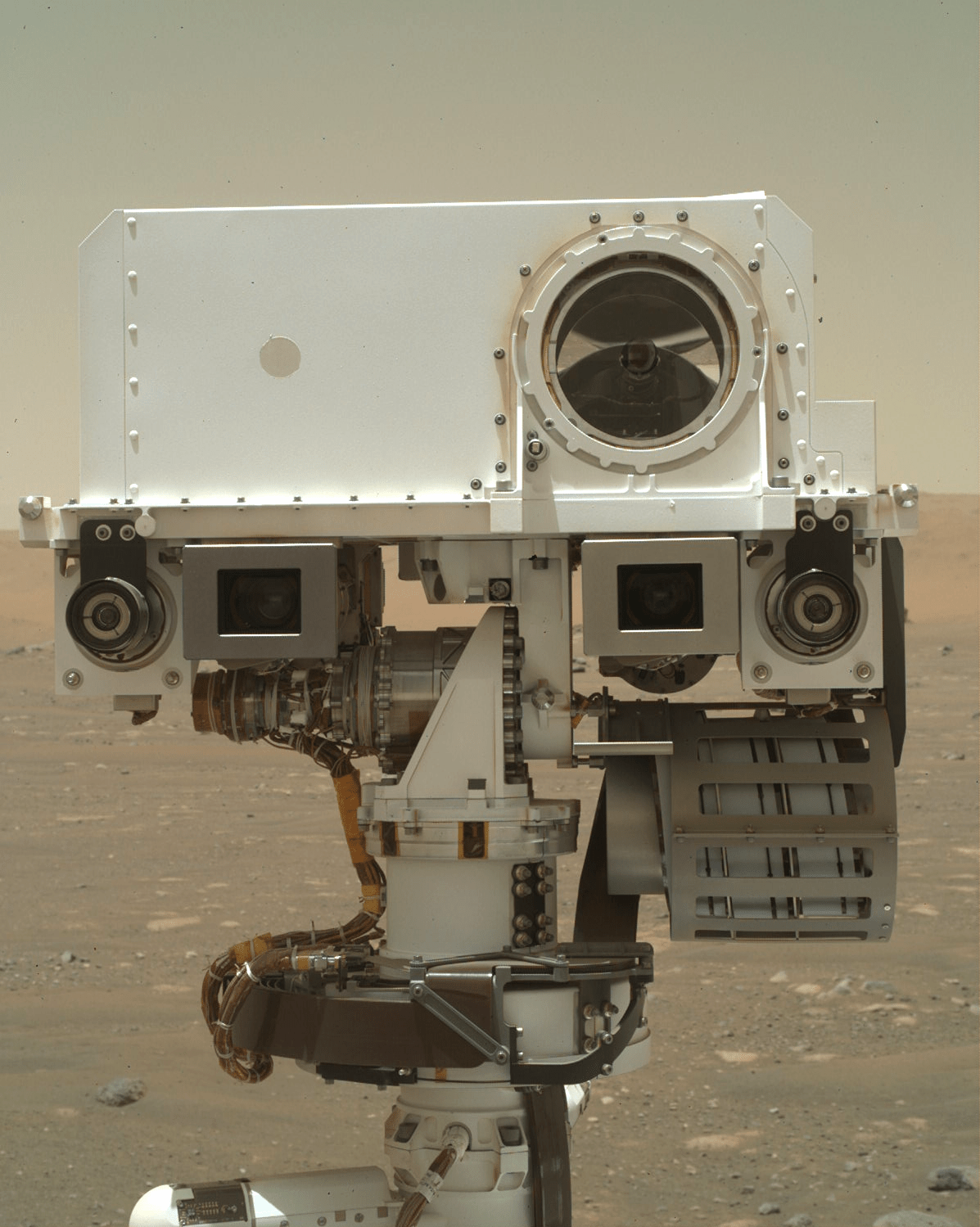
Mars Exploration: Science Goals
The key to understanding the past, present or future potential for life on Mars can be found in NASA’s four…
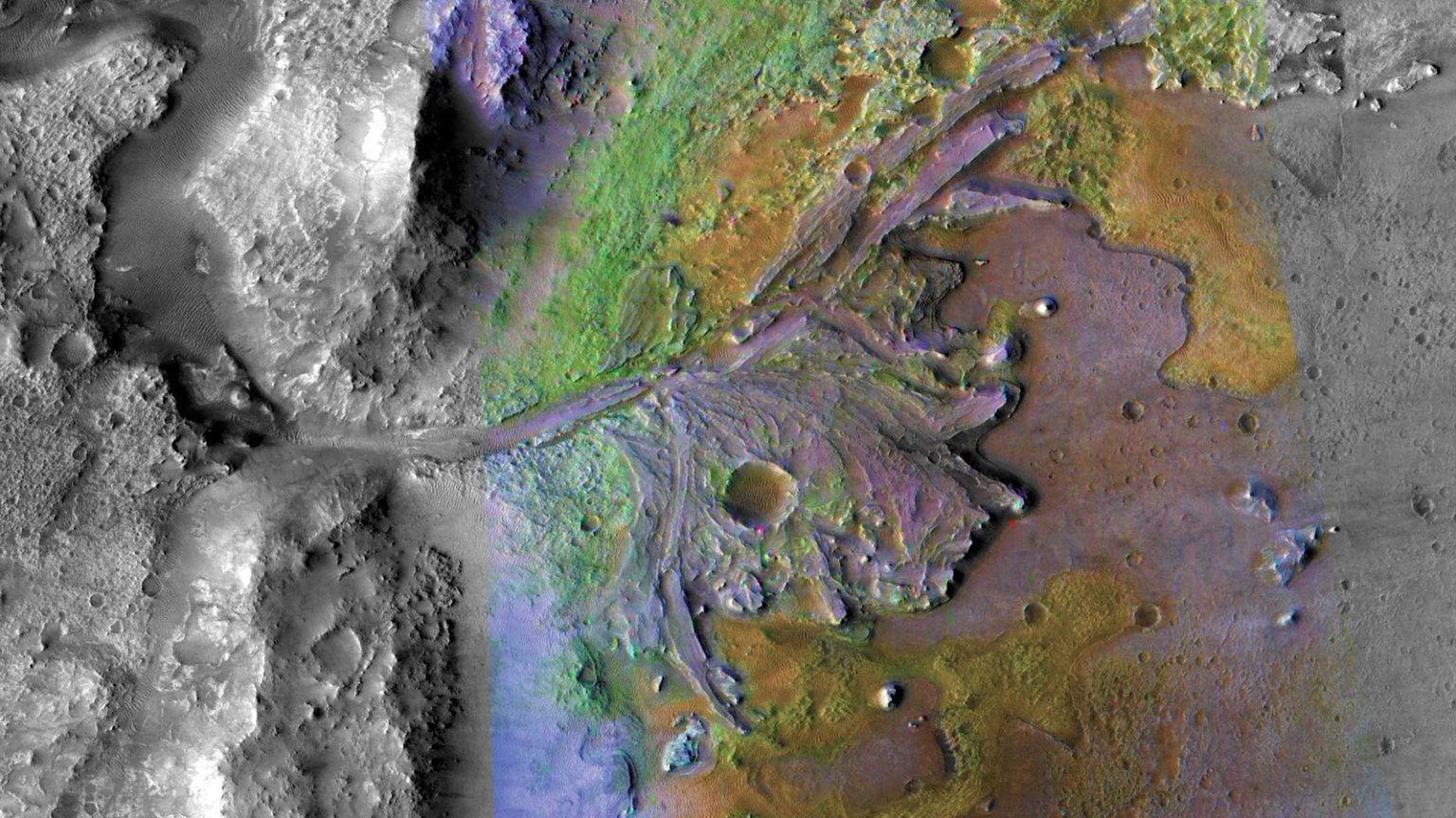

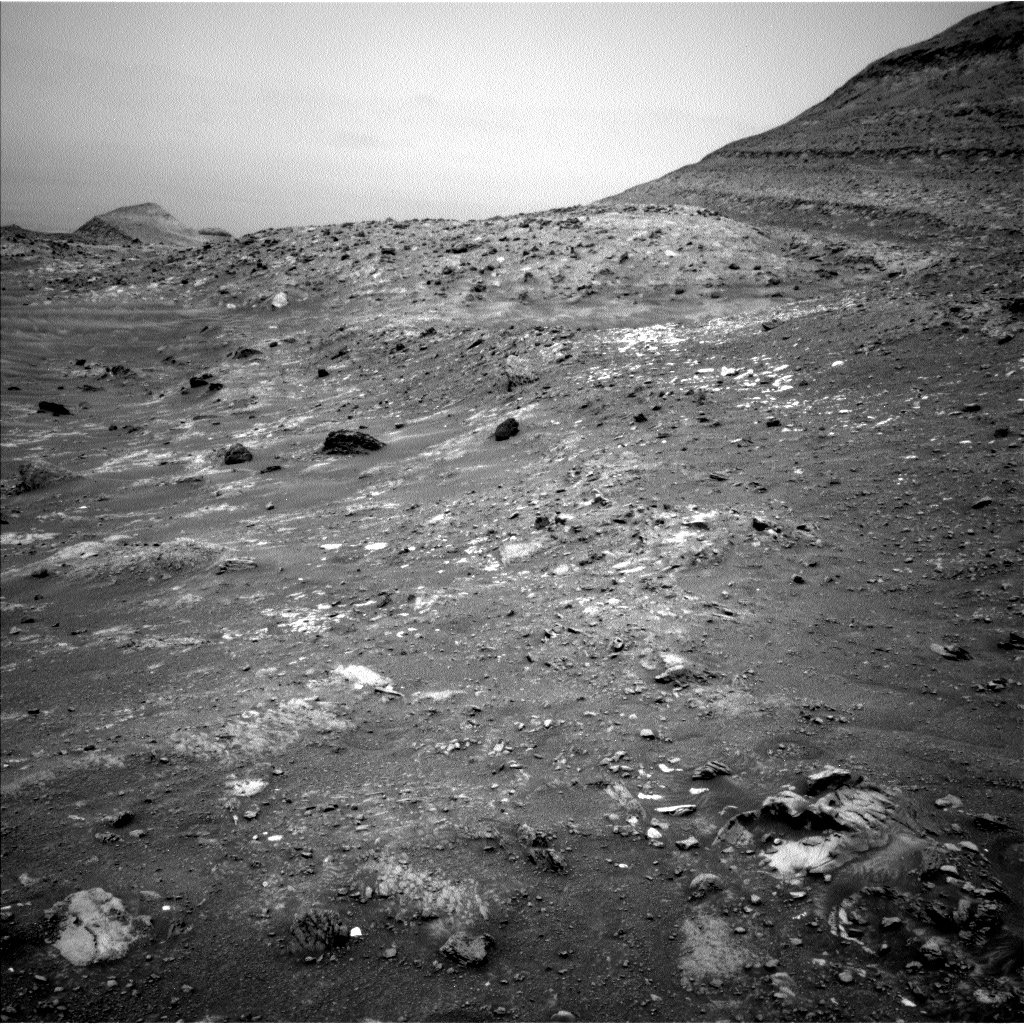
 2 min read Reaching New Heights to Unravel Deep Martian History!
2 min read Reaching New Heights to Unravel Deep Martian History!
 5 min read Sols 4304-4006: 12 Years, 42 Drill Holes, and Now… 1 Million ChemCam Shots!
5 min read Sols 4304-4006: 12 Years, 42 Drill Holes, and Now… 1 Million ChemCam Shots!
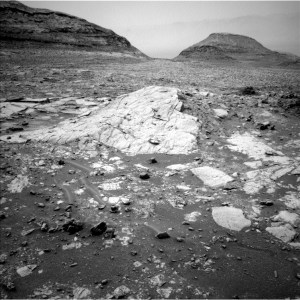 3 min read Sols 4302-4303: West Side of Upper Gediz Vallis, From Tungsten Hills to the Next Rocky Waypoint
3 min read Sols 4302-4303: West Side of Upper Gediz Vallis, From Tungsten Hills to the Next Rocky Waypoint
